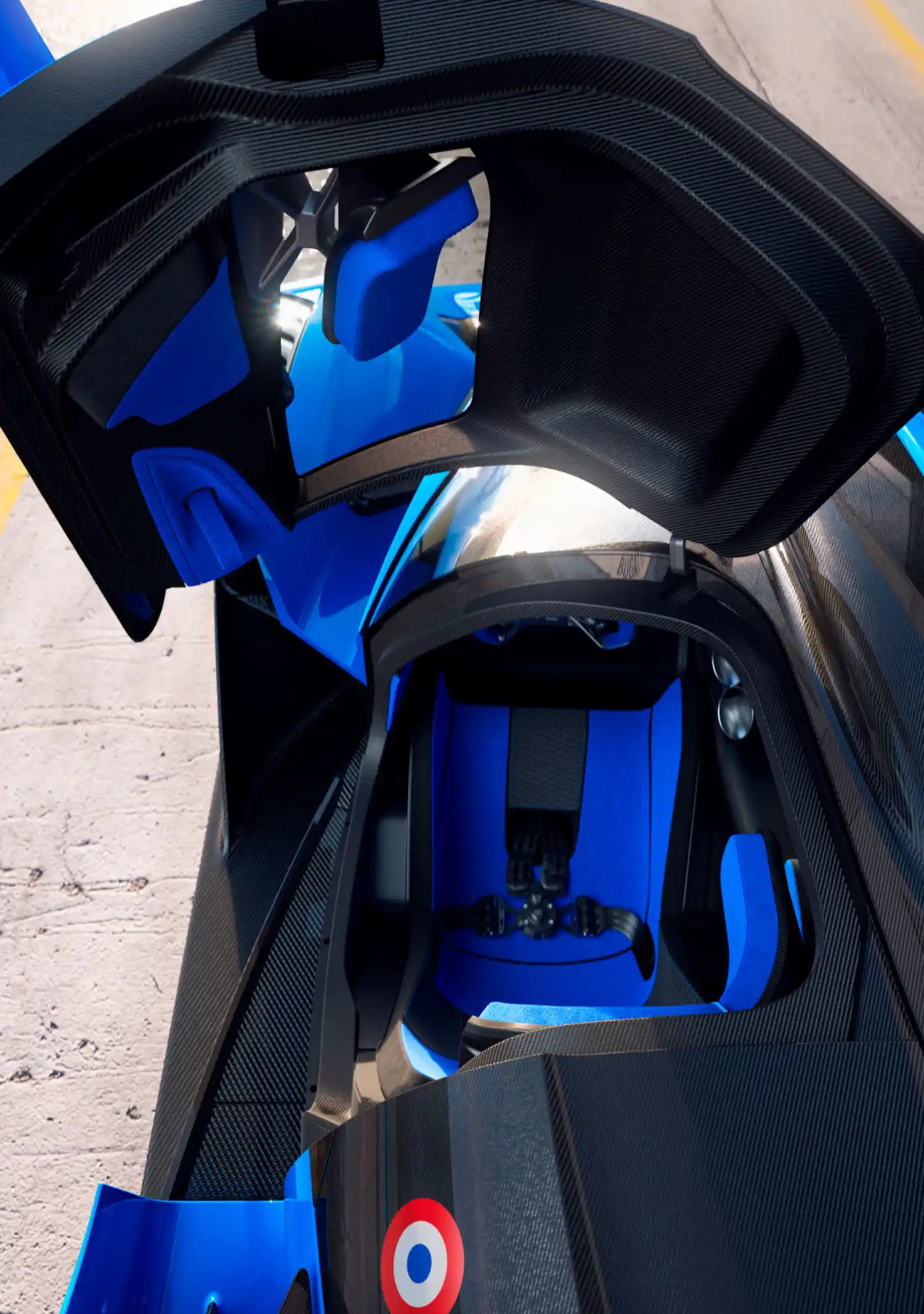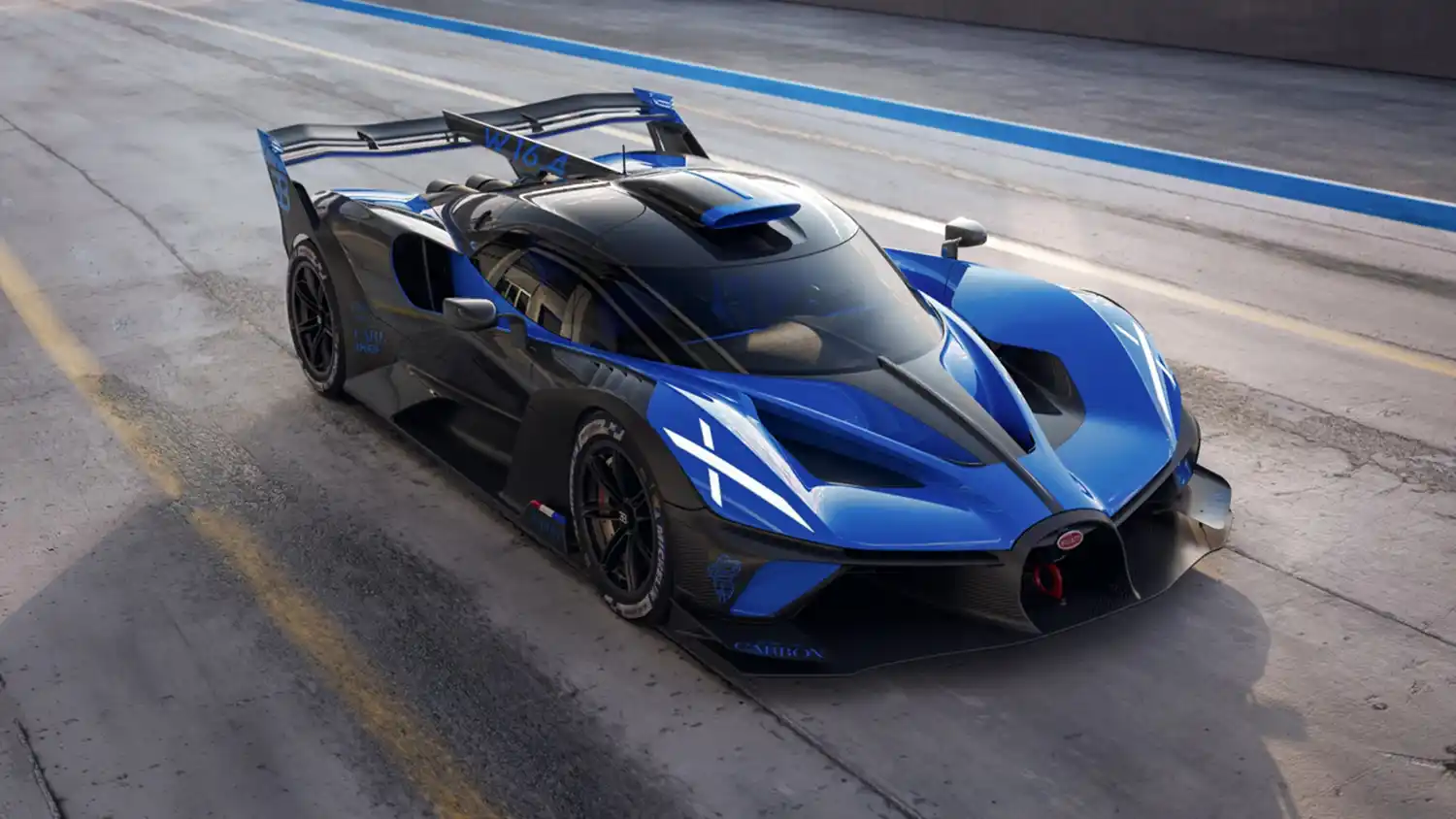
Along with incredible power, precision and performance, a track-only hyper sports car must possess exceptional levels of safety, which is why the Bugatti Bolide features an innovative new carbon fiber monocoque developed to the same demanding Fédération Internationale de l’Automobile LMH and LMDh requirements as Le Mans race cars.
Motorsport success and innovation have been inseparably linked with Bugatti for more than 100 years, ever since the 8-cylinder Type 13 claimed the iconic marque’s first victory at the Grand Prix de la Sarthe in 1920. The unmatched Type 35, which took to the track four years later, cemented Bugatti’s reputation for making beautiful and successful racing cars, claiming more than 2,000 victories and podium finishes during its long and distinguished competition career.
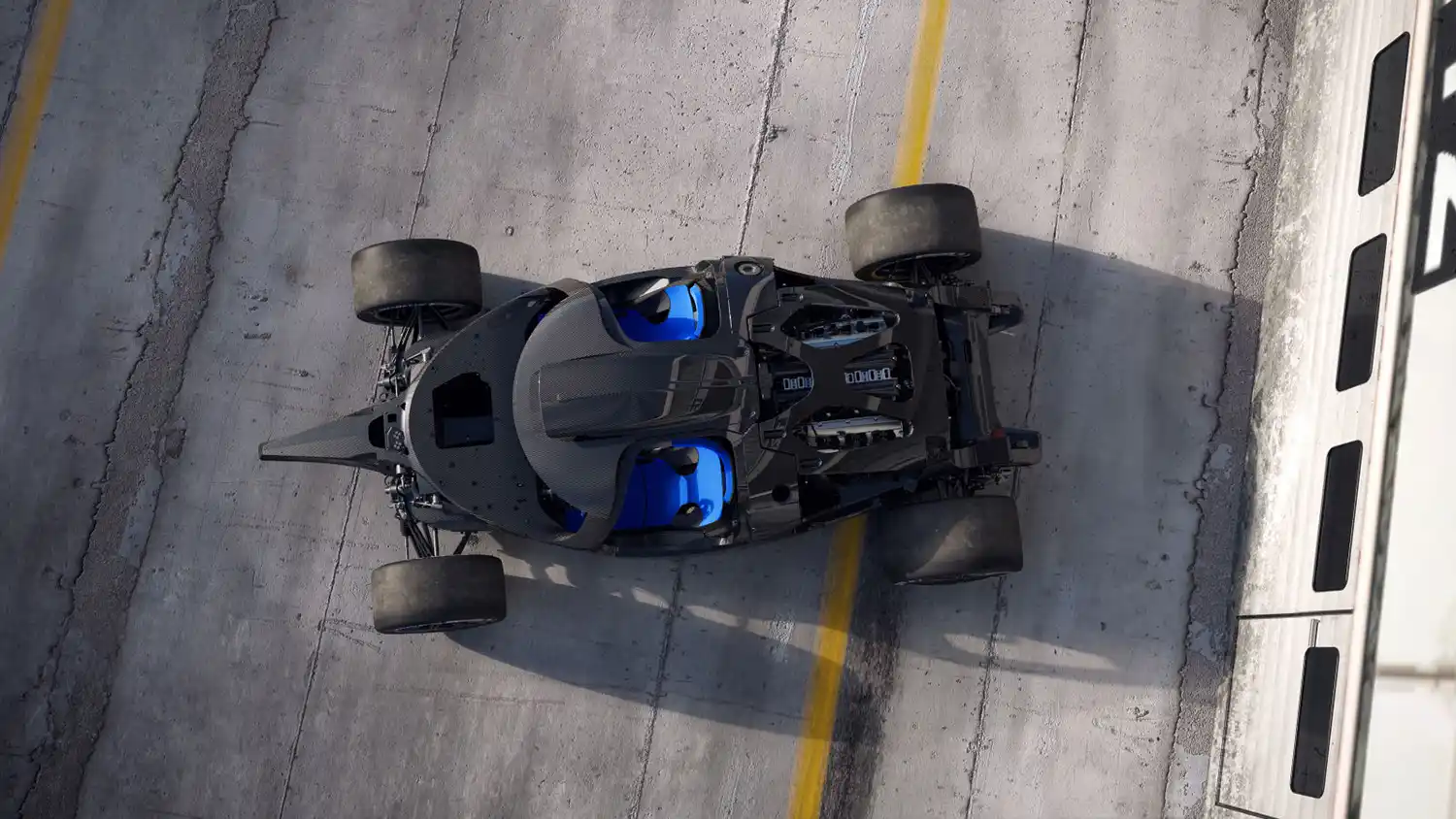
This unrivalled motorsport heritage combined with state-of-the-art technology and outright engineering excellence has driven the Bolide1 to embody Bugatti’s vision for the ultimate track-only hyper sports car. To be able to design the Bolide to fit as closely as possible around the brand’s legendary 8.0-liter W16 turbocharged engine, it was necessary to develop an advanced new monocoque made of the highest quality carbon fiber composites, which are normally only used in Formula 1 and Le Mans race cars.
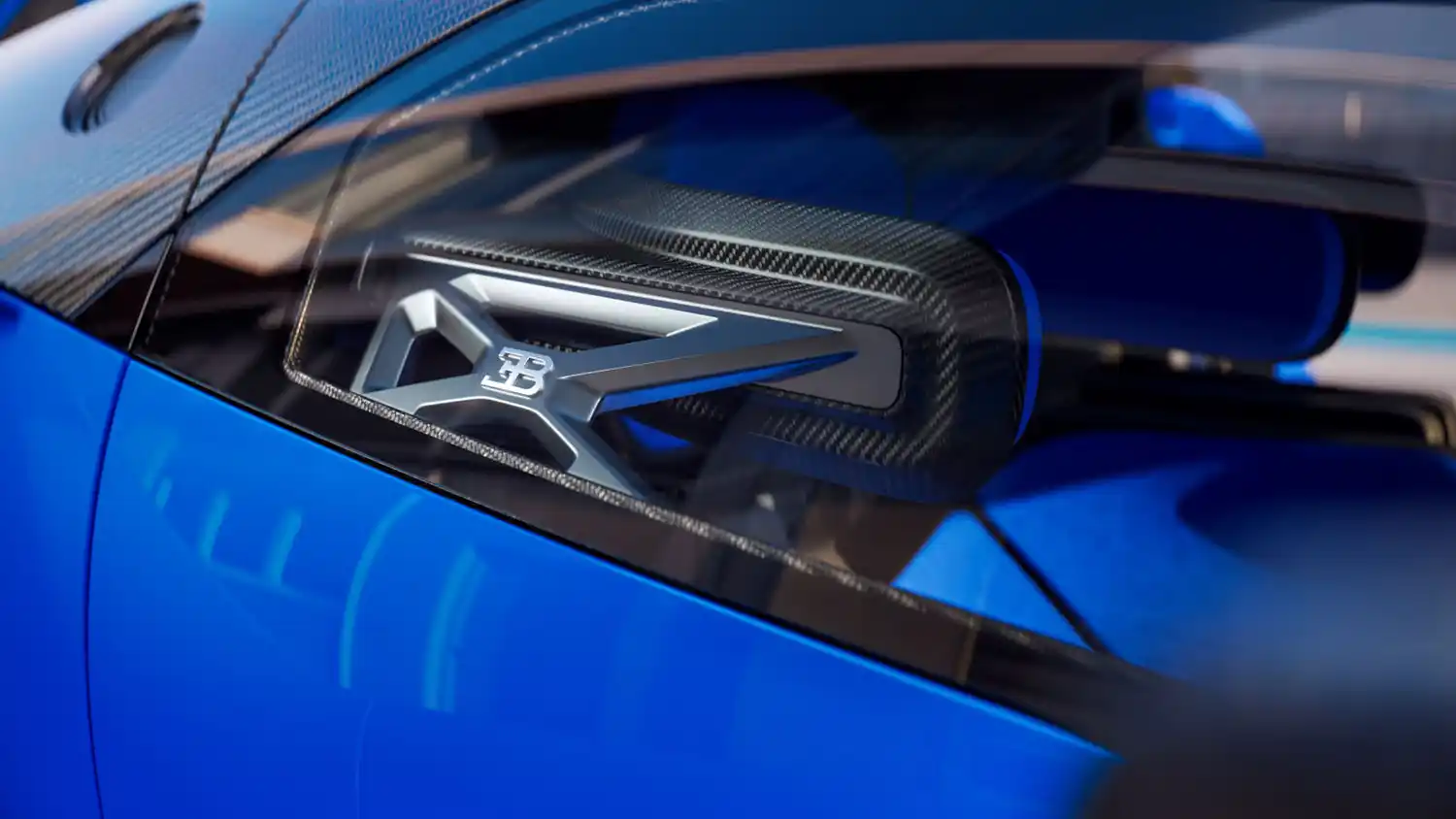
The Bolide’s new monocoque mirrors the proportions of a sleek catamaran, meaning that the driver and passenger sit perfectly balanced inside the car. This arrangement also enables the peerless W16 powertrain to be positioned 60mm further forward than in the Chiron2, ensuring an ideal packaging for track use. As a result, the engine benefits from a new arrangement that allows it to be optimally integrated within the monocoque. The Bolide’s incredible performance necessitated a monocoque even stronger and stiffer than the Chiron’s. Safety requirements from the Fédération Internationale de l’Automobile (FIA) for LMH and LMDh regulations for Le Mans race cars drove development of the new structure and were chosen because they are among the most stringent safety regulations in the world of motorsport. Moreover, crash test requirements for track-only racing cars are unique, furthering the need for a clean-sheet design devoid of any compromise.
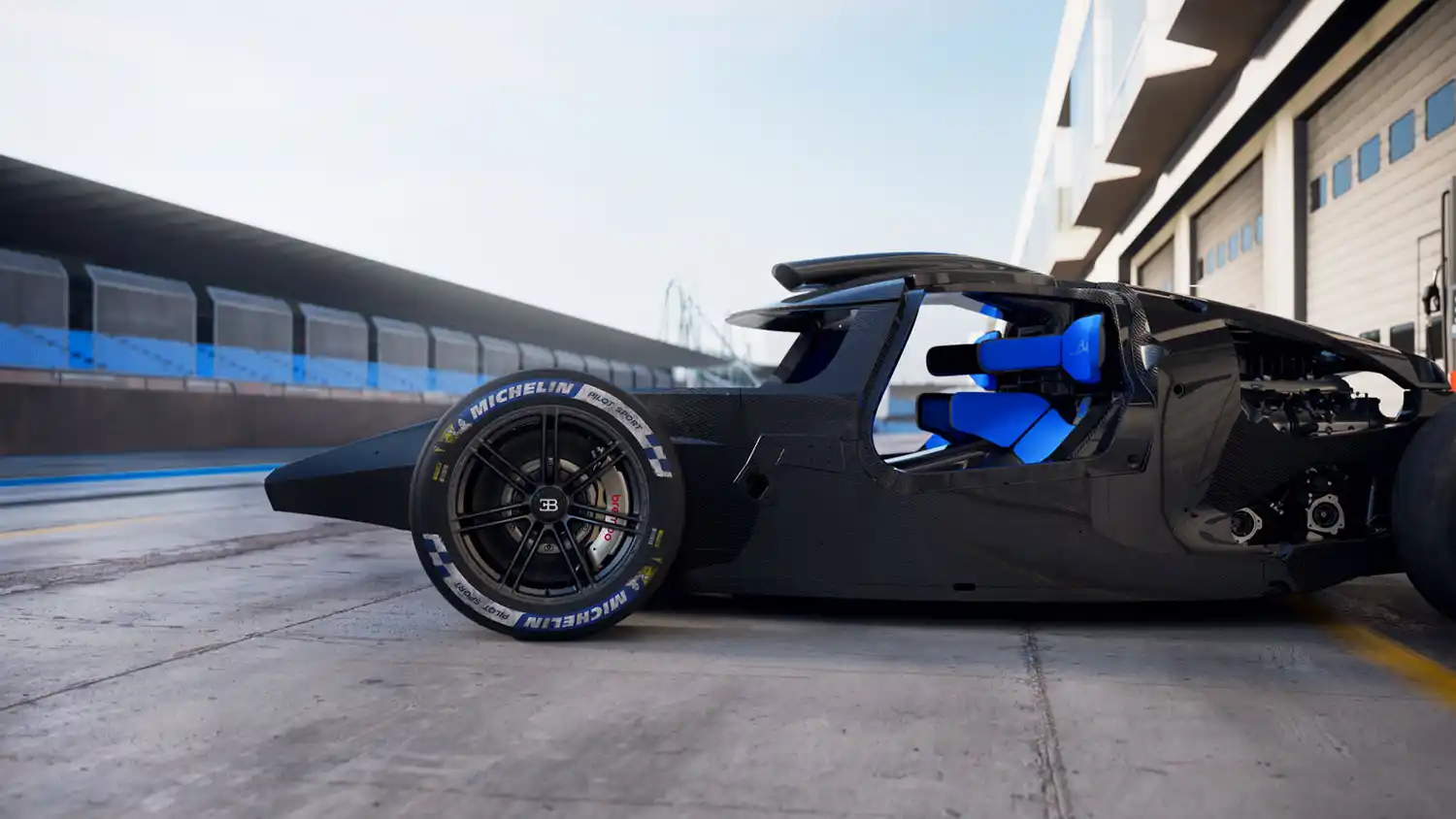
For a hyper sports car inspired by motorsport greatness – a defining element to the characteristic of the Bolide – safety factors such as rollover protection are paramount, and one of the most demanding FIA tests requires a 7.5-ton load applied to the car’s A-pillar. To pass the test, the maximum deflection must be no more than 50mm at the point where the load is applied, and no failure of the structure within 100mm of that point is permitted. This means that small, localized cracks, are permissible at the point of impact. However, when the Bolide was tested, there were no cracks at all, thanks to the structural integrity inherent within the monocoque design, and especially in the angle of the A-pillar, its cross section and the high-tech materials used. A second rollover test saw an even higher load – 12-tons – applied to the B-pillar, while a third involved a 6-ton longitudinal load applied to the monocoque to simulate a rollover resulting in a rear impact with a barrier.
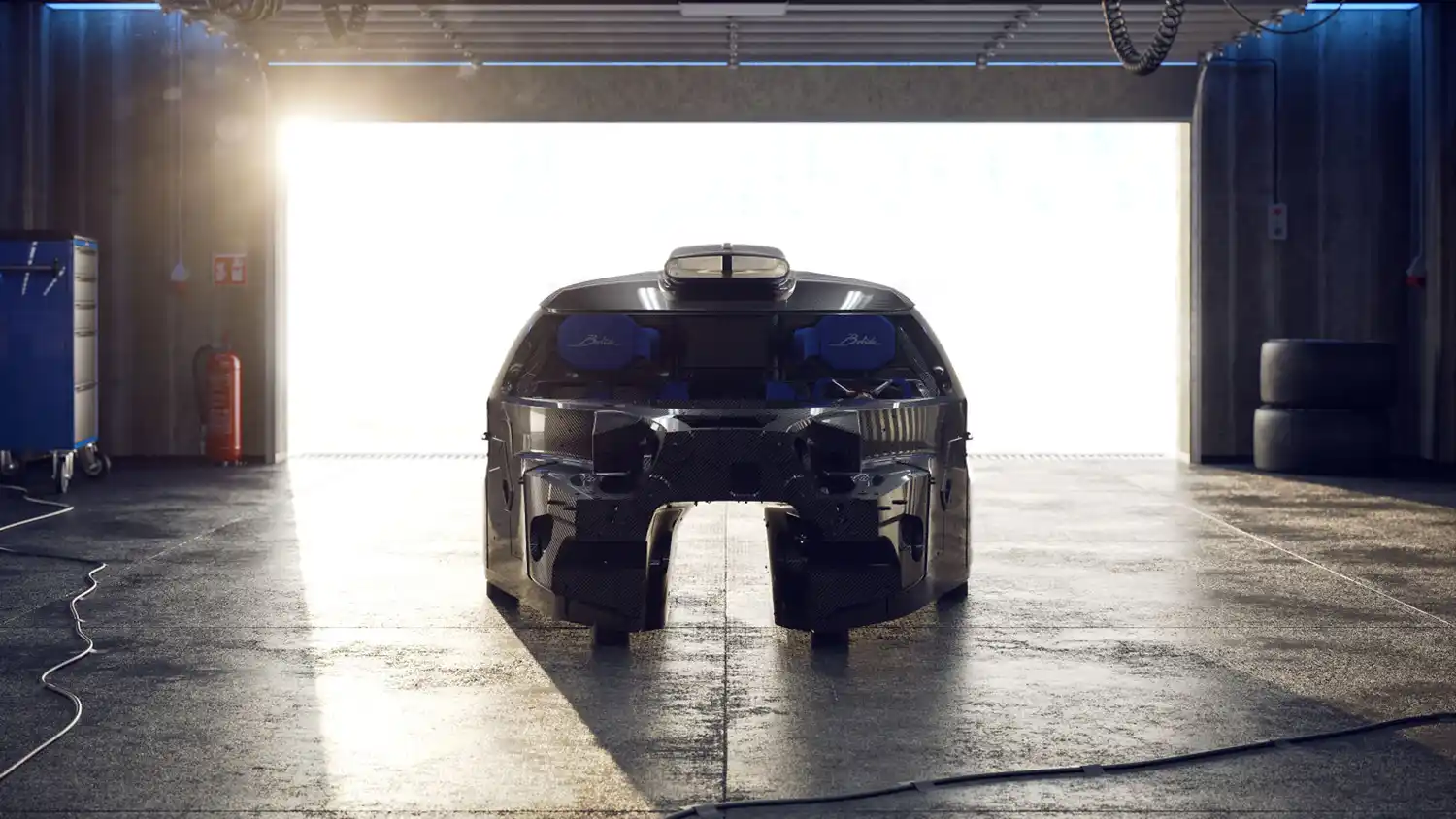
Christian Willmann, Bugatti Chief Engineer for the Bolide, says: “Since we made the decision to turn the Bolide vision into reality, we knew we were going to be uncompromisingly focused on several important design and development areas, but that focus was especially honed in high-performance and safety on-track attributes. For Bugatti, these characteristics are non-negotiable.
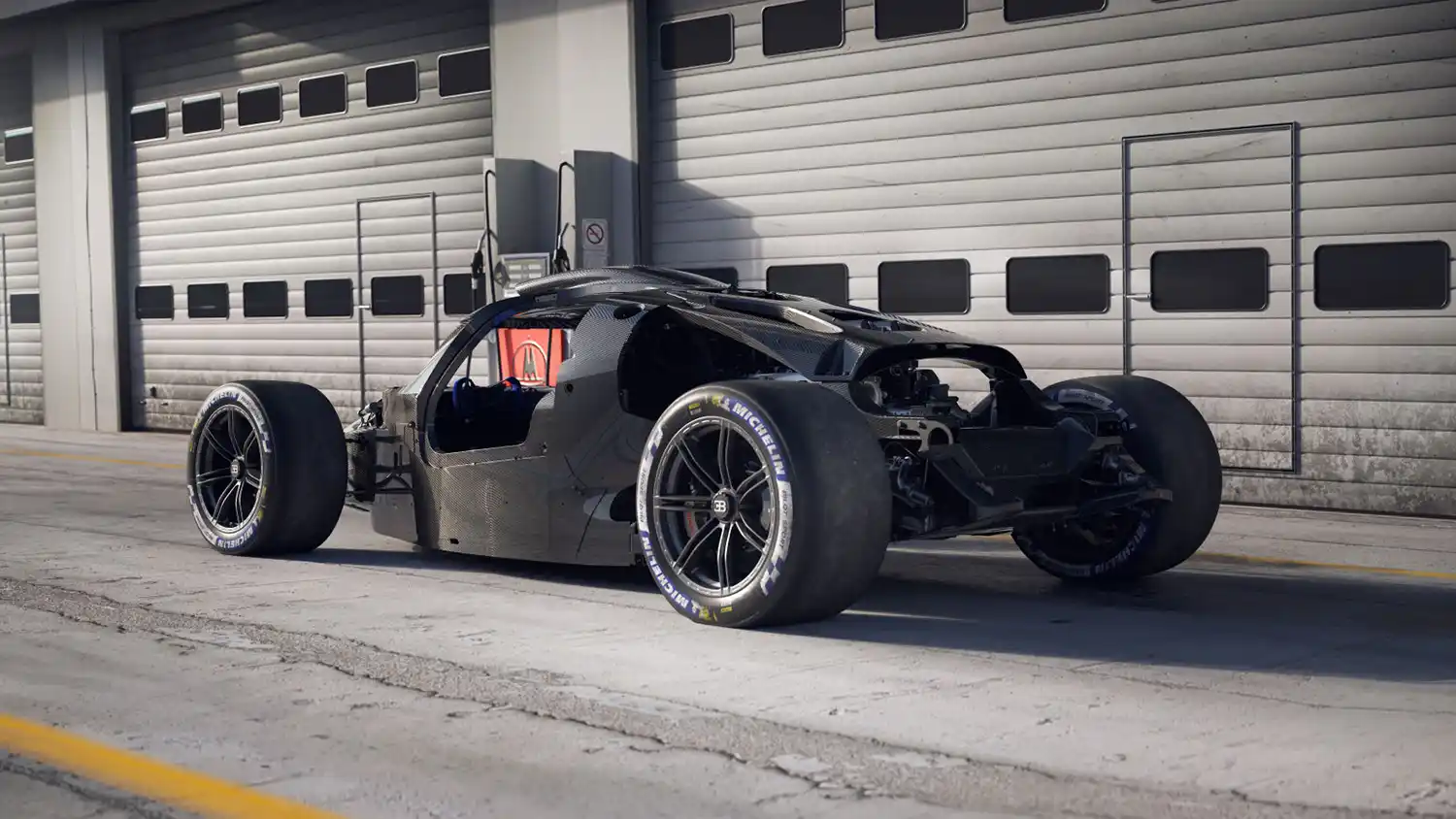
“To pass these stringent but critical safety tests, we needed to ensure that everything about the monocoque was technically perfect so that on the track the Bolide is a race car that is safe and secure in every driving situation and environment. This meant that the monocoque required optimization across all facets, from its architecture through to the wall thicknesses and even the new super-high strength carbon material, which is the highest performing of its type in the world. This illustrates the extensive engineering we’ve carried out to ensure that the Bolide is uncompromising in its approach to safety, meeting the exacting standards demanded by FIA.”
But rollover is just one of the many rigorous test requirements that Bugatti met in the exhaustive development process for the Bolide, focusing on every part and every subsystem of the hyper sports car.

To ensure even higher levels of safety, Bolide is equipped with an automatic, military-grade fire extinguisher system that represents a major safety upgrade in every respect compared to extinguisher units widely used in conventional race cars. To enhance ingress and egress from the two-seat cockpit, the outer sections of the wraparound headrests are attached to the dihedral doors. Designed to GT3 regulations in-line with the car’s packaging requirements, they are joined to the door frame using an x-shaped bracket, which is a structural component as the headrest test load is applied to the outside of the door. Created by the Bugatti’s design and engineering teams, the bracket is made from 3D-printed aluminum, and although weighing a mere 300 grams, can withstand a load of more than 700 kg.
Inside the Bolide, the driver and co-driver are each secured with an FIA-approved six-point harness system. Aside from keeping the occupants firmly in place during the extreme forces generated during cornering, acceleration and braking – in some cases extending up to 2.5g – they deliver the highest possible levels of safety. The seats are also tested to LMH regulations, and occupants will benefit not only from their high levels of safety but also from the optimal comfort that has been engineered within the seats to deliver a fatigue-free driving experience. For even greater safety, the Bolide’s cockpit is compatible with the motorsport-proven ‘HANS® Head And Neck Support’ system.
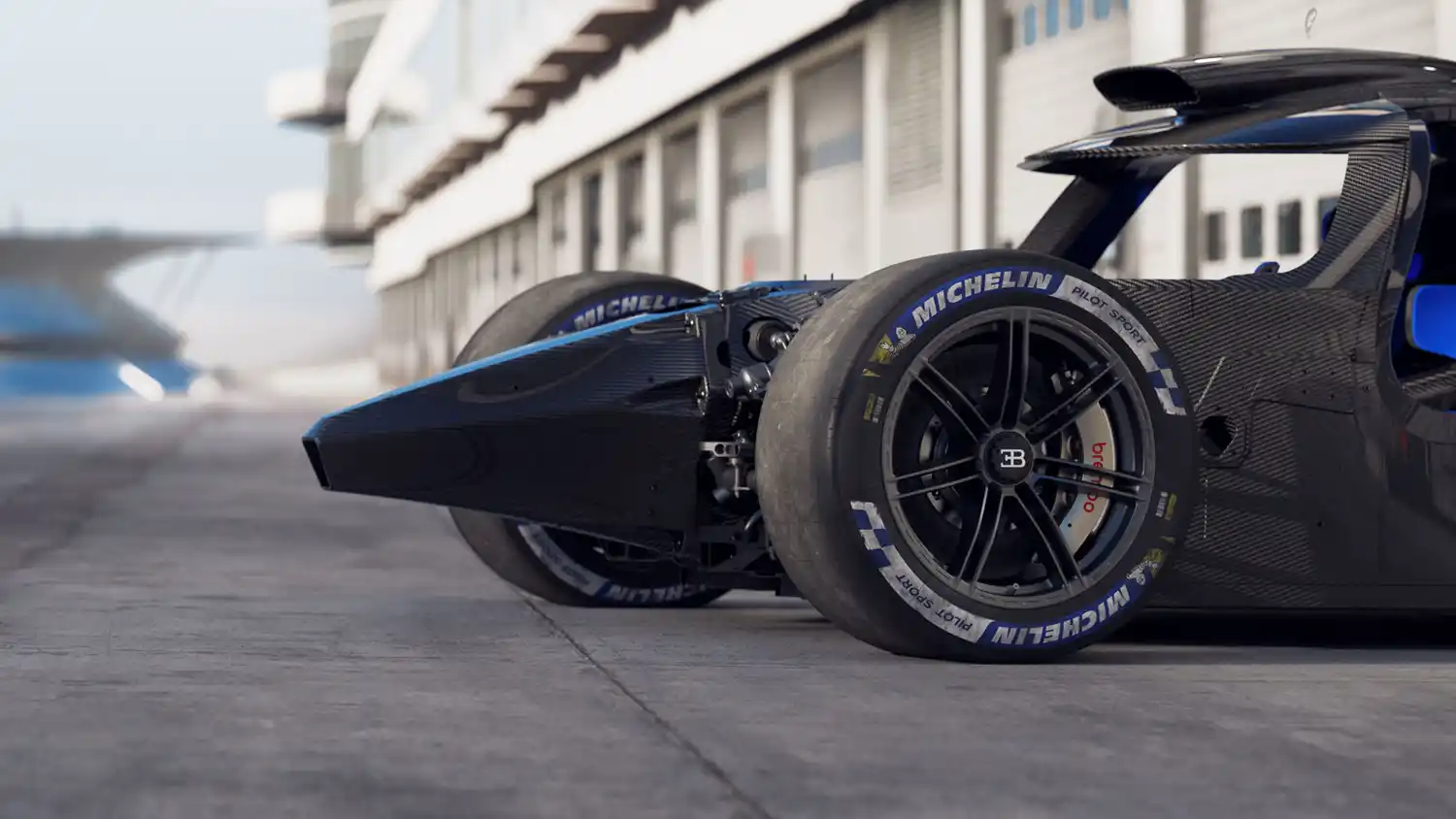
The Bolide’s state-of-the-art passive safety features are perfectly complimented with motorsport-leading active safety technologies, including traction control, electronic stability control and an anti-lock braking system, ensuring the Bolide is always stable and ready to race no matter the weather conditions. A high-performance climate control system allows Bolide owners to race their Bugatti in sweltering conditions that would prove challenging or even impossible for many other racing cars.
When the first customers receive their cars in 2024, they will be able to experience for themselves the most impressive levels of traction and grip afforded by the combination of all-wheel drive with electronically controlled differentials, high-performance Michelin Pilot Sport slicks, and the incredible amount of downforce on offer.

As a result, the uncompromising nature of this extraordinary hyper sports car places it in a class of its own. Powered by the legendary W16 engine, the Bolide generates 1,600 PS at 7,000rpm and 1,600 Nm from 2,250rpm. With a dry weight of just 1,450 kg, and downforce of almost 3,000 kg at maximum speed, Bolide delivers a truly thrilling, dynamic and track-focused driving experience. Yet it is a unique experience that does not come at the expense of refinement: thanks to features such as climate control, power steering and the ergonomically designed seats, both driver and co-driver can enjoy lap after lap of their favorite circuit in comfort and safety.
Bolide owners will benefit from the car’s outstanding levels of all-round drivability, not only from the torque output available throughout the W16’s track-optimized rev range, but also from the fact that the tires and the carbon brakes are designed to deliver exceptional performance continuously under all conditions on the track. The 60-litres of fluid pumped through the power steering system at every minute ensures that steering maneuvers always remain at the highest levels. Like every other aspect of the car, the Bugatti Bolide has been designed, developed and tested to deliver the highest levels of performance, safety and comfort to offer the pilot an incomparable and unforgettable experience.
